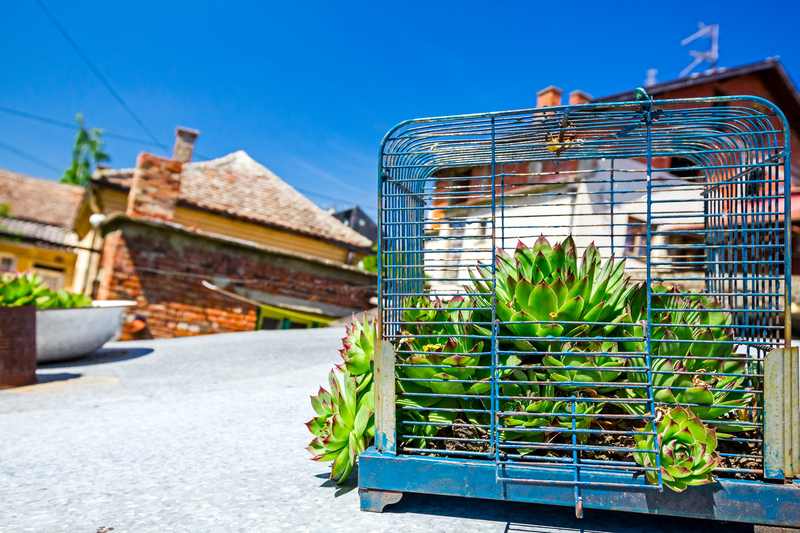Steps to Plant Mint in Your Garden
Posted on 20/08/2024
Planting mint in your garden is a delightful endeavor that brings both beauty and functionality. Mint is a versatile herb known for its aromatic fragrance, vibrant leaves, and numerous culinary uses. In this guide, we will walk you through the essential steps to successfully plant mint in your garden, ensuring you enjoy fresh mint for many seasons to come.
1. Choose the Right Mint Variety
Mint comes in various varieties, each with its own unique flavor profile. Some popular types include peppermint, spearmint, and chocolate mint. Consider what you want to use the mint for: cooking, teas, or ornamental purposes, and choose accordingly.

2. Select the Perfect Location
Mint thrives in a location that receives partial to full sunlight. While it can tolerate some shade, too much can affect its growth. Ideally, find a spot in your garden that gets at least 4-6 hours of sunlight daily.
3. Prepare the Soil
Mint prefers well-draining soil with a pH between 6.0 and 7.0. Enrich the soil with organic matter, such as compost or aged manure, to improve its fertility and structure. Ensure the soil is loose to allow mint roots to expand easily.
4. Planting Mint
Mint can be planted from seeds, cuttings, or transplants. If you're using seeds, sow them about 1/4 inch deep in the soil. For cuttings, take a healthy stem from an existing mint plant, remove the lower leaves, and plant it in the soil. Space each plant 12-18 inches apart to allow sufficient room for growth.
5. Watering and Mulching
Mint requires consistent moisture, so water it regularly, especially during dry spells. However, avoid waterlogging, as this can cause root rot. Applying a layer of mulch around the base of the plants helps retain moisture, suppress weeds, and regulate soil temperature.
6. Pruning and Harvesting
Regular pruning encourages bushy growth and prevents the plant from becoming leggy. Pinch off the top leaves and stems to promote lateral growth. For harvesting, cut the stems just above a leaf node, ensuring you leave enough foliage for the plant to continue growing.
7. Controlling Mint Spread
Mint is known for its vigorous growth and can become invasive. To control its spread, consider planting mint in containers or using barriers in the soil. Regularly check for runners and trim them back to keep the plant contained.
8. Pests and Diseases
Mint is relatively resilient but can be affected by pests like aphids, spider mites, and leaf miners. Regularly inspect your plants and use organic insecticides if necessary. Ensure good air circulation to prevent fungal diseases, which can affect mint in humid conditions.
Pros and Cons of Growing Mint
Pros
- Easy to grow and maintain
- Versatile culinary uses
- Attractive and aromatic addition to the garden
- Can deter certain pests in the garden
Cons
- Can become invasive if not controlled
- Requires regular pruning and maintenance
- Susceptible to pests and diseases if not monitored
Tips for Growing Mint Successfully
- Plant mint in containers to control its spread.
- Water consistently, but avoid waterlogged soil.
- Harvest leaves regularly to encourage growth.
- Provide partial shade in extremely hot climates.
- Rotate planting locations annually to prevent soil depletion.

Takeaways
Growing mint in your garden is an effort that pays off with fragrant, versatile leaves for use in various culinary dishes and beverages. By choosing the right variety, properly preparing the soil, and maintaining the plant, you can enjoy an abundant mint harvest while keeping its invasive nature under control. Regular pruning, watering, and monitoring for pests ensure healthy and productive mint plants.
Conclusion
With this guide, you have the essential knowledge to plant and care for mint in your garden. Follow these steps to enjoy fresh, aromatic mint leaves and enhance both your garden and your kitchen. Embrace the benefits and be mindful of the challenges, and you'll find mint to be a rewarding addition to your gardening efforts.




